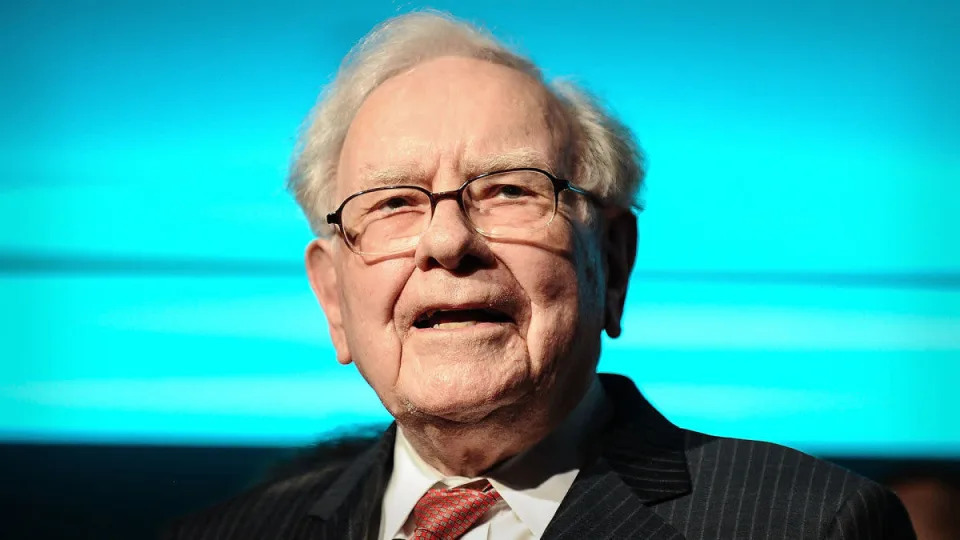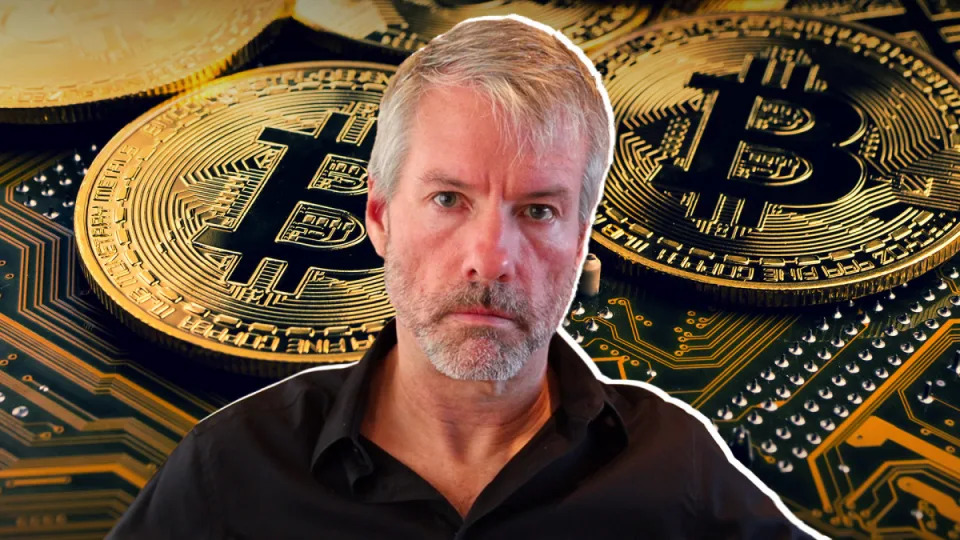News
Veteran fund manager delivers alarming S&P 500 forecast
Barton Biggs saw it coming.
In July 1999, the legendary Morgan Stanley money manager said during an interview on Bloomberg Television that the U.S. stock market was "the biggest bubble in the history of the world."
Related: Goldman Sachs analyst sees starting point for year-end S&P 500 rally
The financial sector at the time dismissed this idea. The markets were in a period of significant growth, particularly in tech stocks.
This was the dot.com era, after all. What could go wrong?
Then, in March 2000, the Nasdaq Composite Index dropped 78%, and the dot-com bubble went kaboom.
And Biggs had a blunt warning about soaring stocks.
🚨 Don’t Miss this amazing Black Friday Move! Get 60% off TheStreet Pro. Act now before it’s gone . 😲
"A bull market is like sex," he once said. "It feels best just before it ends."
TheStreet Pro's Doug Kass invoked those timeless words in a recent column about the current state of the markets.

Veteran fund manager cites mass euphoria
The veteran fund manager also quoted Warren Buffett, Louis Rukeyser, Neil Young, Abraham Lincoln and Ol' Blue Eyes himself, Frank Sinatra, in the same article, but let's not get ahead of ourselves.
"Despite numerous concerns that we have expressed, equities continued to surge in November," Kass told his readers. "Many things have come together to drive the market (bubble) — AI, former President Trump's election, liquidity and market structure — all fed by social media (many of these factors may prove illusory)."
Related: Analysts overhaul MicroStrategy stock price target amid bitcoin rally
Kass recalled another financial fiasco that predated the dot-com collapse, namely the Panic of October 1987, also known as Black Monday. On Oct. 18 of that year the Dow Jones Industrial Average nosedived 22.6%, or 508 points, posting the largest single-day percentage decline in U.S. stock market history.
Worldwide losses were put at $1.71 trillion, and the crash's severity ignited fears of extended economic instability or even a repeat of the Great Depression.
Analysts said possible explanations for the initial fall in stock prices included fears that stocks were significantly overvalued, persistent US trade and budget deficits, and rising interest rates. The decline of the dollar has also been cited.
"Though emotions are contagious and have no business in investing, the Panic of October 1987 stock market is now in reverse — a mass panic (back then) has morphed into a mass euphoria (today)," Kass said.
There is a lot of enthusiasm out there.
Related: Nvidia stock extends November gains as investors bet on 2025 AI dominance
Goldman Sachs analyst Scott Rubner said that U.S. stocks could start their year-end rally early as markets break out of their post-election malaise and power toward what could be a record year for the S&P 500.
And Wells Fargo Investment Institute raised its year-end 2025 target for the S&P 500 index to 6500-6700, up from the previous range of 6200-6400, driven by a strong economy and President-elect Donald Trump’s return to the White House.

Markets unconcerned by high valuations
Days after the 1987 crash, the host of the PBS show Wall Street Week with Louis Rukeyser reminded his viewers that despite the market’s rough ride, “the robins will sing, the crocuses will bloom, babies will gurgle, and puppies will curl up in your lap and drift happily to sleep with you even when the stock market goes temporarily insane.”
Kass said that the financial TV networks' stock market coverage almost seems like "the movie in reverse."
More Warren Buffett:
"The birds are singing, the crocuses are blooming and the puppies are happy and playful," he said. "But like that unprecedented market decline 37 years ago, today's unprecedented market climb (to all-time levels) seems equally undeserved."
We live in a world where a cryptocurrency entrepreneur pays $6.2 million for a banana and some duct tape, Kass said. At this time, MicroStrategy ( MSTR ) , the world's biggest holder of bitcoin, is trading at three times the underlying value of its holdings of the world's biggest cryptocurrency, and market participants are unconcerned about high valuations.
MicroStrategy shares have soared more than 500% this year, adding more than $75 billion in market value, as CEO Michael Saylor executed a series of capital-raising efforts designed to add to the group's bitcoin holdings.
Bitcoin prices, which have had an enormous comeback this year in the wake of the FTX platform collapse and the Securities and Exchange Commission's approval of a spot exchange-traded fund in early January, are up 133%.
Kass sized up Saylor and Berkshire Hathaway ( BRK.A ) ( BRK.B ) CEO Warren Buffett. He described Buffett as "increasingly risk averse."
A stock market reckoning ahead?
Equity returns in 2024 "have likely borrowed from the future. It is our view that the optimism and reset (higher) in valuations shall pass ... as it did 40 years ago and again at the end of the dot-com bubble," he said.
While Berkshire's common shares have performed well, Kass noted, but not so much relative to speculative market components.
"A chorus of 'Buffett has lost his touch' can now be heard and it is growing louder," he said. "The last time criticism of bears (and of Buffett) were so emphatic was at the end of the dot-com stock boom and before a merciless drawdown in equities."
Kass ended his column with the Biggs bull market quote and a line from the Oracle of Omaha: "What the wise man does in the beginning, the fool does in the end."
Related: Veteran fund manager sees world of pain coming for stocks

